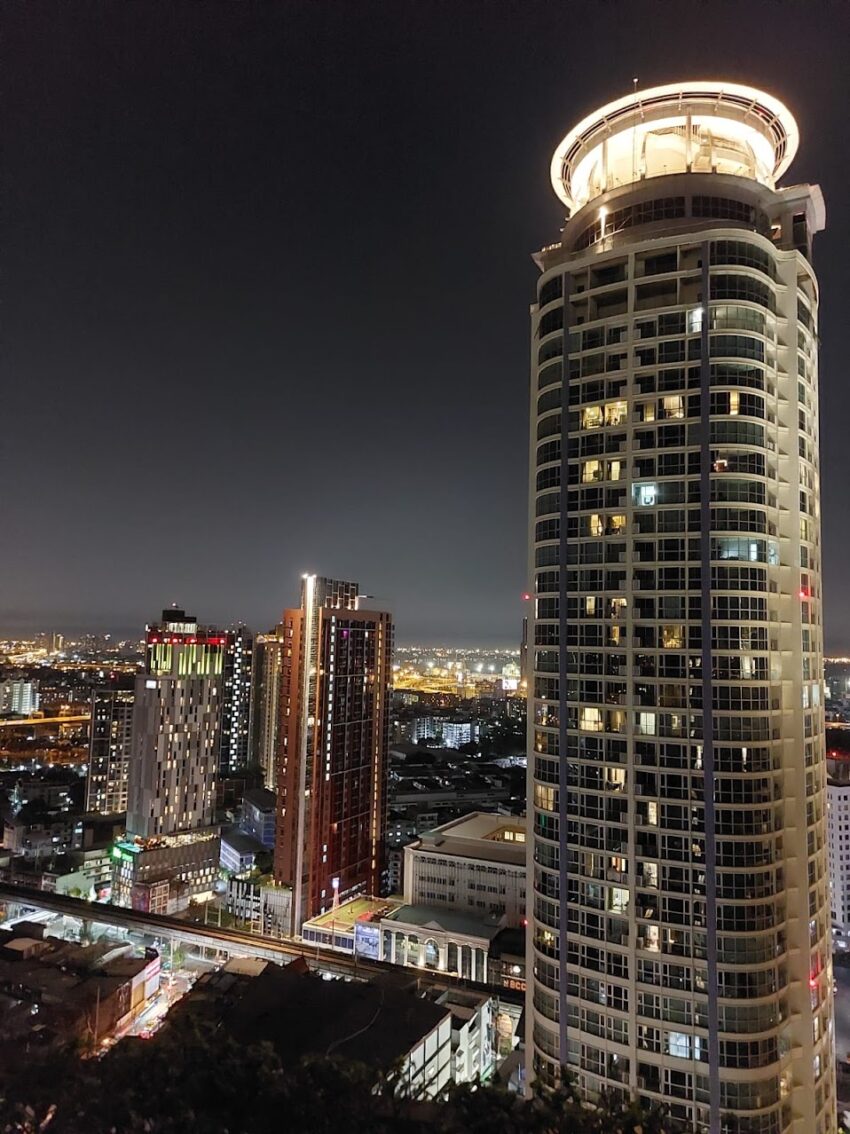
Bangkok: The Nocturnal City
By Nathaniel Adams
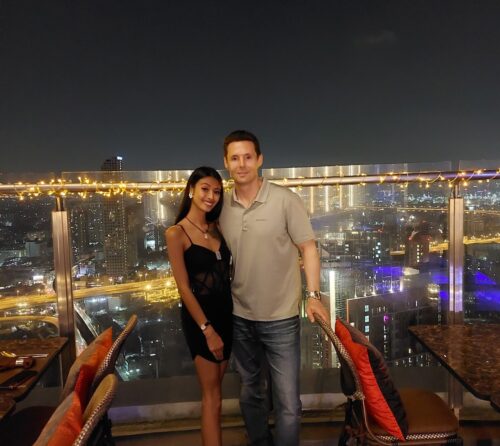
There are dozens of countries around the world whose capital cities are places to be avoided, their chaos and pollution making you wish you were somewhere else.
And then there is Bangkok, which attracts tens of millions of people from all over the world each year.
Thailand, as every traveler knows, has become a favorite tourist destination for many different reasons.
Its chief calling card is its lure as an exotic vacation, with pristine beaches and a wild riot of colors marking its natural landscape, spiced with breathtaking Buddhist temples that harken back to the origins of an ancient culture.
But it is also a backpacker’s paradise, where thrifty sightseers can live on a few dollars a day.
For those with bigger budgets, the country is a culinary delight, with mouth-watering Thai food found in upscale restaurants up and down the main roads, not to mention on every street corner.
Bangkok’s Legendary Party Scene
It boasts one of the great party scenes in the world – and millions come each year just to drink, dance and blow off steam. It is also, of course, a country haunted by lonely men searching for love in all the wrong places.
Walk down any main road at night in a major city in Thailand and you will see some spry retiree walking home with a young girl, grinning – or possibly swooning.
Each of these scenes makes up the pulsating, shimmering tapestry of Thailand, and at the heart of all the mayhem lies Bangkok, the nocturnal city.
Growing Comfortable with Bangkok
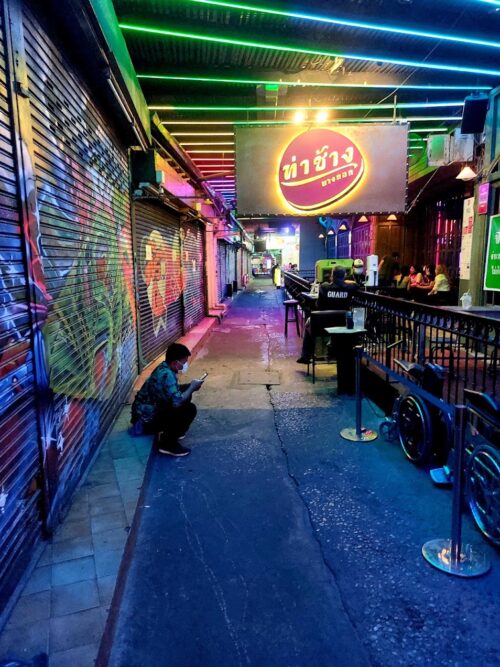
I spent two months in Bangkok with no particular purpose, and as I grew comfortable in the city I realized that my sense of time had been thrown off, even reshaped.
In a previous life, I would often wake before six to eat, shower, and commute to work.
In Bangkok, I could barely get up before ten. The whole cast of a day is skewed here in the East, especially for those with no real job or – much the same thing – those who write for a living.
The heat is simply too oppressive to contemplate venturing out of doors for very long, and the evenings offer such luxurious temptations that they are eminently worth waiting for.
It is notoriously easy to go to seed quite fast in Bangkok, and legions of men do.
How many nights did I waste in run-down parts of town, drinking in hotel bars like the Hope Land or the Grace with various drifters, loan sharks, and scandalously dressed girls half my age, or eating dim sum or pork noodles alone in some stall next to the park? Many, it seems.
A Sense of Purpose
But I eventually discovered a sense of purpose. Around 6 pm the sun goes down and the heat lifts considerably. Rush hour descends at the same time.
I have never been a night owl but I began to walk after dark, feeling the sweat through my shirt as the city came alive.
I came to understand that there are two arteries to guide the traveler in Bangkok, one manmade and the other as natural as the heavens. A river and a road, one calm and sinuous, the other straight and full of life.
The Chao Phraya wends its way through and around Bangkok like a snake lying in wait. Once, when Bangkok was little more than a Buddhist mecca, the river was the main thoroughfare for thousands of monks traveling from temple to temple.
Now, however, you can go a week of steady sightseeing without glimpsing it and then, suddenly, it is there, its dark, muddy water staring back at you without expression.
Many foreigners still shuttle back and forth across the river by boat to visit some of the more famous temples like Wat Pho and Wat Arun. But the heart of Bangkok now lies elsewhere.

Sukhumvit Road, the other artery, is the longest street in the world, stretching all the way to Cambodia. Along its ten-mile route through central Bangkok lie high-rise condos, multiplex cinemas, hospitals, restaurants, massage parlors, and a thousand street vendors.
Much of the BTS Skytrain network also follows the Sukhumvit corridor, making it the life and pulse of the city’s rise into modernity. Bisecting the city as it does the road creates a sort of left-bank, right-bank culture even more than the ancient river.
But the greatest contrast along Sukhumvit is the one between night and day, or the moment when the hot, unpretentious thoroughfare changes clothes and becomes a debauched, sultry mess. A transformation I witnessed often as I navigated the city each night.
Those nights, I realize now, were a culmination of my new thrill at the exotic, a wistful loneliness that only seems to intensify when I travel, and the intoxication of certain foods.
You cannot escape Bangkok without falling in love with something you eat. For me it was the pork soup I would eat in Phra Kanong prepared nightly by a tall woman from Issan.
I would literally start to salivate at the thought of the hot, spicy broth that would be mine later that night, the tender pork still attached to the bone, green vegetables and white rice adding texture and color, and flakes of red chili gracing the entire bowl.
Ladyboy in Bangkok
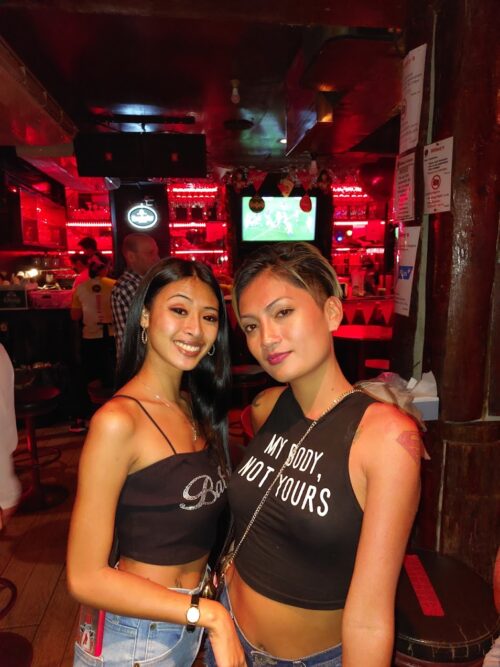
I hear a young man’s voice coming from the beautiful woman’s mouth and it is jarring.
I am at the corner of Sukhumvit and Soi 9, a gray, dirty street that has no business being mixed in with the lights and activity of this tourist district.
“Do you have an open mind?” the woman asks.
Now one thing I pride myself on is having an open mind. Tell me I am being close-minded and I am likely to adopt your position without another word. So I say yes, of course.
She draws me further down Soi 9, and for a moment I begin to fear a setup, that an accomplice of hers is about to jump out and rob me, but something tells me the woman is trustworthy.
“Don’t worry,” she assures me, “I’ve had all the surgeries so I can do everything,”
Research Only, Please
This stops me in my tracks. What exactly does that mean? I apologize and explain that my interest in her is only for research purposes, and she looks disappointed.
“What a pity” she sighs, squeezing my arm, “We can talk if you want but I’m a lot more fun than that.”
We sit down at a nearby Thai restaurant and order appetizers. She tells me her name is Nook and that she comes from Saraburi, a small city a couple of hours from Bangkok.
She’s been working the streets for two years now, ever since she got the surgeries that changed her sex.
I had heard that ladyboys carried a certain level of respect in Thai society. Some people here even considered them a third sex, an entirely natural gender no different from men and women. She assured me this was not the case.
“There is a lot of discrimination toward us here,” she said. “That’s one of the reasons why so many of us have to work the street or the clubs – it’s really hard to get a good job if they know you’re a ladyboy.”
We say goodnight and promise to keep in touch, and as I walked home I wondered if Bangkok would still be Bangkok without all its sex workers. There is no chance of that actually happening, of course, not with all the tourist revenues the sex trade brings to the country.
And yet if it ever did happen the city would absolutely be a different place. The darker, more profound question is whether Bangkok needs its lascivious reputation to survive, or whether it could perhaps reinvent itself as something more.
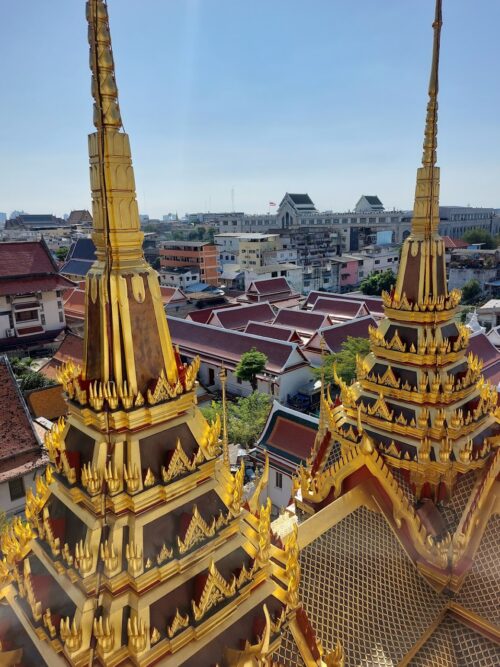
Loha Prasat Temple
I visit Loha Prasat, one of the many temples near the river, and come across several monks praying and chanting in the giant temple next door.
Later I see them at a snack bar and strike up a conversation with Adelaide, 35, a monk from Udon Thani in Issan.
He was there with three of his friends, all of them sipping smoothies and iced tea to escape the mid-afternoon heat.
He seemed surprised when I told him I wanted to interview him, but his friends urged him on.
“You will be famous!” they told him.
Adelaide said he wanted to become a monk soon after hearing about the Buddha for the first time.
Meditation, he claimed, was the most important aspect of Buddhism, because from it comes Enlightenment.
But community involvement is also critical, he told me: doing good works in this life ensures that you will come back as a happy, prosperous person in the next.
And the two methods reinforce each other. “Buddha teaches that you must be a good person to find inner peace, and to do this you must meditate,” he said.
I was in awe of their religious devotion, something I will never be capable of. But to witness such piety in the midst of the city’s chaos was, to an outsider, striking, and at times disorienting.
Adelaide had long ago reconciled himself to the party atmosphere of Bangkok sitting next to one of the centers of Buddhism. “I accept it,” was all he said.
Bangkok is both things, he told me – Buddhism and parties, monks and pretty girls in lipstick.
But I was left with the stark contrast between the ethos of self-abnegation practiced by these virtuous monks and the ostentatious individualism just over a mile away.
It seemed impossible for the two to coexist in the same city, and yet they do. The striving to cancel all human desires lying next to the endless pursuit of them bothered no one.
Seeing Dead People
Thai people see dead people. Almost everyone here believes in ghosts, called phi in Thai. Nowhere is that more evident than the shrine in On Nut dedicated to the memory of Mae Nak, a young woman who died after a doomed love affair centuries ago.

The shrine is both a haunting place filled with ghosts and a place of worship, and my visit to it one night left me shaken.
The shrine was empty and eerily quiet that humid night, except for a security guard who was asleep in a lawn chair next to the entrance.
I spent a few minutes looking at the array of candles, bottles of red soda and other offerings left by people earlier that day, and as I contemplated the unfortunate woman’s fate a gray cat suddenly appeared on the ledge next to Mae Nak’s picture.
Its green eyes blinked once and then proceeded to stare at me. I looked over at the man asleep in his chair, at the last of the vendors selling eels and tiny fish along the canal, then looked back at the shrine.
The cat was still there, looking at me with its green luminescent eyes, and I decided it was time to leave.
I began to walk away, but when I reached the narrow road leading away from Mae Nak I looked back and saw the cat following me about ten meters behind.
At last I reached the stairs leading up to the BTS station, and as I turned around one last time I heard the creature let out a long sibilant shriek before scampering off in the direction of the shrine. I shuddered and ran up the stairs.
50 Years Ahead in Bangkok
Fifty years from now Bangkok will be a different place, a place that if you squint hard enough will probably look and feel like Singapore.
But if something is gained by all that modernity, then something else will surely be lost, for Bangkok thrives on its embrace of decadence.
Until that day of transformation comes the city will carry on with its tightly managed chaos.
And soon, when the fear of Covid subsides, the crush of tourists will return hordes of young people hoping for a taste of the exotic, older men looking for cheap sex, businesspeople on the prowl for the next Asian boom, and people of all ages in search of spiritual renewal.
Raucous bars and dazzling temples; the old and the new living side by side. Young women in skirts and heels riding the BTS to office jobs; wrinkled men with missing teeth selling bowls of noodle soup along the street, under the neon signs of the multiplex.
And running through all of it the dark, mysterious waters of the river.
Long live the mad cities of the world like Bangkok, and the further reaches of the mind they ask us to explore.

Nathaniel Adams is an attorney in the United States and an avid traveler who has visited more than 40 countries around the world. His first book, The Tragedy of Madagascar: An Island Nation Confronts the 21st Century, will be published later this year.
- These 9 U.S. National Parks Require Reservations in 2024 - April 17, 2024
- Take a Hike in Olympic National Park - April 17, 2024
- The Wild Mississippi: 2340 Miles Across Ten States - April 8, 2024


